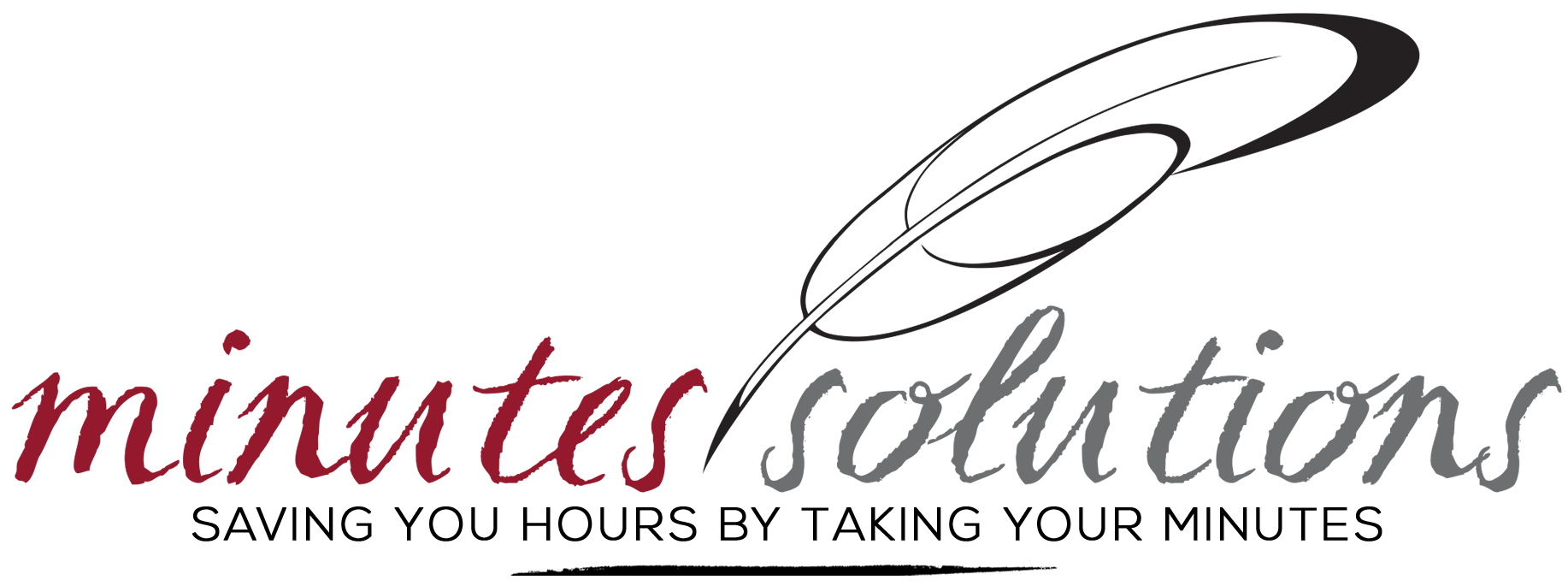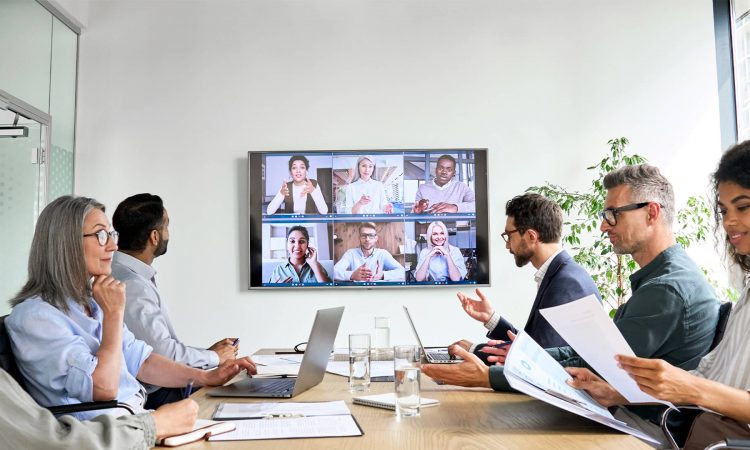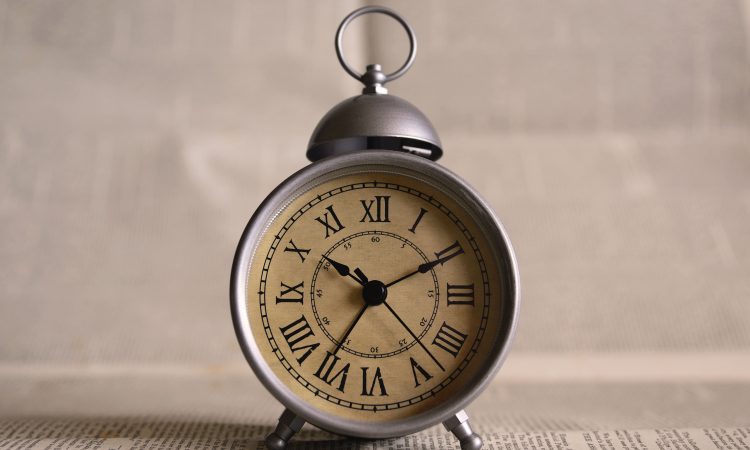Virtual technology has greatly increased the options for taking part in meetings. It’s hard to believe there was a time when we were relegated to only meeting in-person. The possibilities for meeting are now virtually endless — pun intended. Even before the new reality of COVID-19 and social distancing, many organizations had largely moved to virtual meetings to promote engagement, flexibility, traffic reduction, and time optimization, to name just a few advantages.
We have seen our clients migrate in this direction since now — and for the immediate future — virtual meetings are essentially the only option. At first the choices can be overwhelming, especially for those who are unfamiliar with the technology. We have outlined some of the most versatile virtual solutions that are available to everyone. Before using any of the options below, make sure you are doing your own research to learn about each platform and picking the one that works best for your organization.
Online Meeting
Real-time virtual meetings are an excellent alternative to in-person meetings and are easily facilitated through a wide variety of online software platforms. A good option for virtual board meetings is webinar software. This option also works well for AGMs and other owners’ meetings as this software typically has a chat window for viewers to pose questions in real time or to virtually “put up their hand”.
Good choices of conferencing/webinar software are:
-
- Zoom Meetings
- Google Meet
- GoToWebinar
- GetQuorum (Full “white glove” service for virtual AGMs)
Full-Service Solution
Minutes Solutions’s full-service virtual meeting option takes care of all the scheduling and hosting details for you. We organize the meeting with a virtual link and a dial-in number, invite your attendees, assign a minute taker, and then hand the meeting over to you.
Phone Call/Conference Call
One of our recording secretaries can call into a direct phone line, or a bridged conference line, in order to attend and create the minutes remotely.
Recorded Meetings
Most virtual solutions for hosting meetings have a “record” capability. If you record the meeting, we can convert the recording into a comprehensive set of minutes.
Equipment and Meeting Preparation
With the new normal we are all trying to navigate, meeting virtually is something that must play a major role. For a high-quality, virtual broadcast, you will need a laptop or smartphone with a strong Internet connection. And of course, structure and planning are just as imperative for successful virtual meetings as they are for in-person ones.











 (Figure 1)
(Figure 1)

